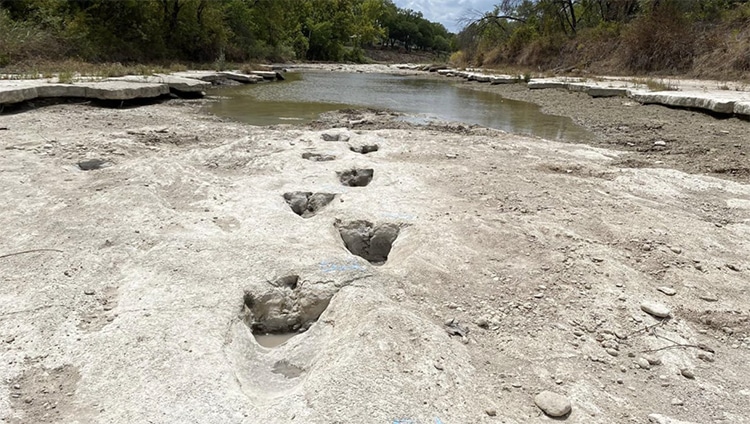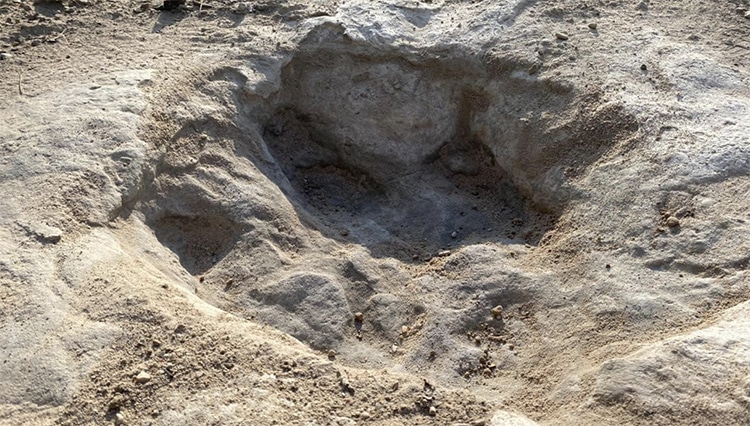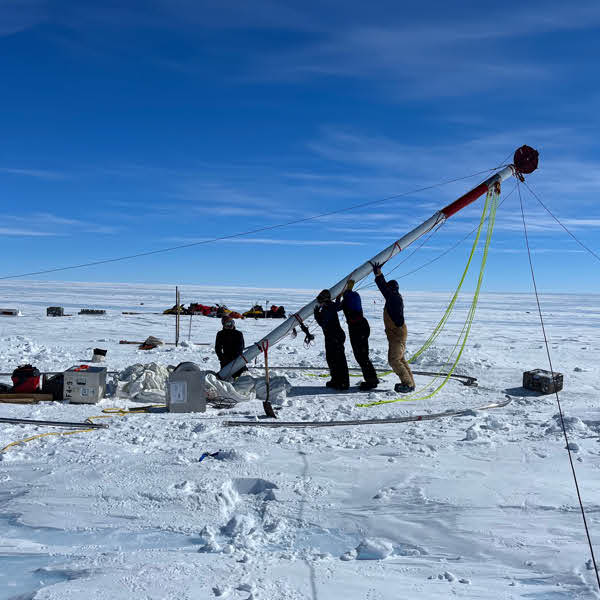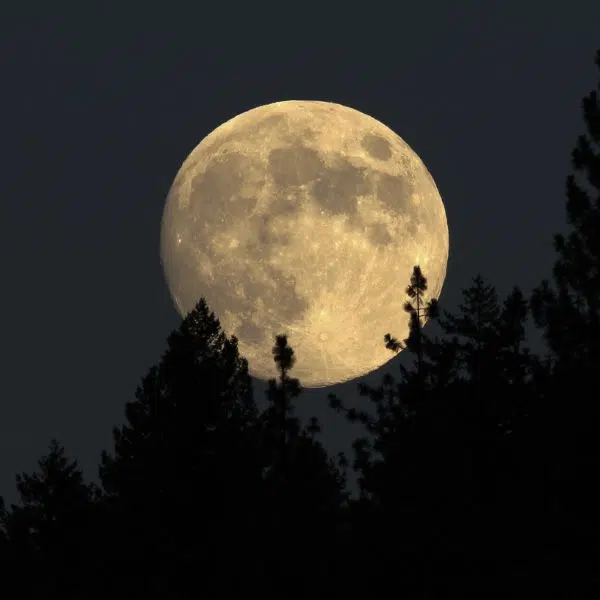
Photo: Dinosaur Valley State Park
Drought is a pressing problem across much of the United States at present. Texas, especially, is suffering from extremely dry conditions. This has caused rivers to recede, including the Paluxy River, which runs through the Dinosaur Valley State Park. As the water levels fell, they exposed dramatic 110-million-year-old footprints left by an ancient dinosaur.
Dinosaur Valley State Park is located nearby the city of Glen Rose. Millions of years ago in the early Cretaceous Period, countless dinosaurs tramped through the track sites. They left fossilized footprints behind. Some are from theropods (three toed) and others from sauropods (a class of four-legged dinos). Discovered in 1909, the prints are visible when the water levels fall. When the water is higher, silt, mud, and river water obscure the prints.
The sets of prints recently exposed are those of a theropod with enormous claws. They were likely left by an Acrocanthosaurus, a carnivorous dinosaur up to 36 feet in length which stamped around what is now Texas between 130 and 110 million years ago. Its enormous three-toed feet left 1-foot-long prints in the mud. Left behind in the riverbed, the tracks look almost as if they were made yesterday. With rain predicted soon, the tracks may once more vanish beneath the river. However, the sight of them is one silver lining to a rough summer in Texas.
Drought conditions in Texas have caused river waters to recede, exposing 110-million-year-old dinosaur tracks.

Photo: Dinosaur Valley State Park
The tracks discovered in Dinosaur Valley State Park show theropod footprints.

Photo: Dinosaur Valley State Park
h/t: [IFL Science, CNN]
Related Articles:
Interactive Map Reveals Which Dinosaurs Roamed Your Hometown Millions of Years Ago
Fossil Discovery Unlocks the Mystery of What Happened the Day the Dinosaurs Died
Dinosaur Fossil of a Titanosaur Discovered in Argentina May Belong to the Largest Land Animal Ever
Researchers Discover Fossilized Footprints of First Humans in North America






















































































